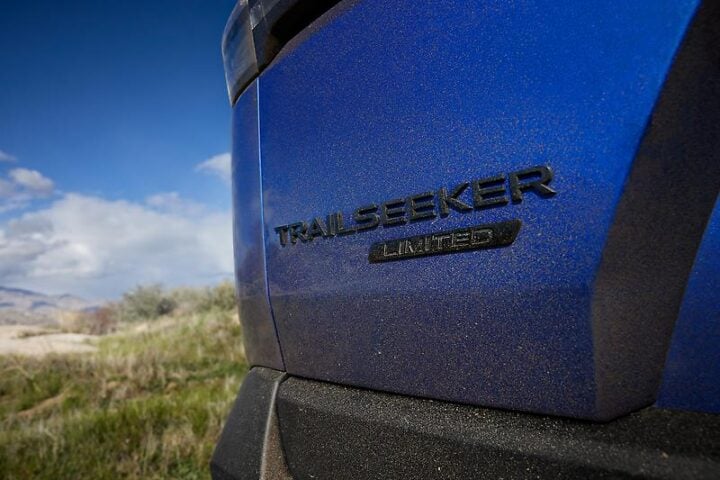The Biden-Harris Administration recently dropped a whopping $84.9 million grant on the city to build a state-of-the-art, all-electric Bus Rapid Transit (BRT) system that’s going to transform the way Rochester gets around town. This isn’t just your average bus line, folks – we’re talking dedicated bus lanes, priority at traffic lights, and a fleet of 12 sleek, zero-emission electric buses that’ll make you forget all about your gas-guzzling car.
The Link BRT project, as it’s called, is going to connect all the hotspots in Rochester – downtown, the Mayo Civic Center, Mayo Clinic campuses, and the upcoming Downtown Waterfront Southeast development. It’s a 2.8-mile route along one of the busiest roads in the city, 2nd Street SW, which currently sees over 21,800 vehicles and 13,000 transit riders every day. During peak hours, more than 40 buses cram onto this corridor, but with the Link, that’s all going to change.
U.S. Transportation Secretary Pete Buttigieg hit the nail on the head when he said, “Americans rely on public transit every day to get to work, go to school, and connect with loved ones. With the funding we’re announcing today, the Biden-Harris Administration is making important improvements to Rochester’s Link bus rapid transit line that will quickly and safely connect residents and visitors to everything from schools and doctors’ offices to their local grocery store.”
This project isn’t just about getting people from A to B – it’s about creating a more sustainable, eco-friendly future for Rochester. By encouraging people to ditch their cars and hop on an electric bus, the Link is going to significantly improve air quality and cut down on those pesky greenhouse gas emissions that are wreaking havoc on our climate.
FTA Deputy Administrator Veronica Vanterpool chimed in, saying, “The Link BRT line will support a growing city with a population forecast to grow by 30% through 2040. BRT routes have been transforming communities across the country with fast and frequent service along key economic corridors, and we are pleased to add Rochester to the growing list of communities benefiting from America’s largest-ever investment in high-quality public transportation.”
Similar Posts
But wait, there’s more! The Link isn’t just about the buses – it’s also spurring some serious transit-oriented development. Picture this: a Mayo Clinic parking lot transformed into a mixed-use development, complete with electric bus chargers and a public plaza. And that’s not all – the city’s got plans for 300 new housing units along the eastern section of the corridor, backed by a cool $16 million in state funding.
Now, let’s talk about the timeline. City officials say they’re aiming to break ground on this game-changing project by spring 2025, with the goal of having those sleek electric buses up and running for passengers by late 2026. It’s an ambitious timeline, but with the support of the Federal Transit Administration’s Capital Investment Grants program, which helps communities bring transformational transit projects to life, Rochester’s got this in the bag.
Senators Amy Klobuchar and Tina Smith, both Democrats from Minnesota, were on hand to accept the grant alongside city and state officials. They emphasized the project’s importance for Rochester’s growth and connectivity, with Smith noting, “That’s a lot more people coming in and out of the city every day. Expanding transportation options is exactly how we can build a cleaner, more affordable and enjoyable way for people to live here.”
Patrick Seeb, executive director of the DMC Economic Development Agency, also weighed in on the project’s alignment with Mayo Clinic’s expansion plans, while acknowledging the expected disruptions during construction. It’s a small price to pay for the long-term benefits the Link will bring to Rochester’s residents and visitors alike.
Vice President Kamala Harris recently announced actions to accelerate clean transit initiatives, underscoring the administration’s commitment to modernizing public transit across the country. Rochester’s Link BRT project is a shining example of this commitment in action, and it’s just the beginning of a new era in sustainable, accessible transportation.
So there you have it, folks – the inside scoop on Rochester’s electrifying new bus rapid transit system. With dedicated lanes, priority at traffic lights, and a fleet of zero-emission electric buses, the Link is poised to transform the way people get around this growing city. And with the backing of the Biden-Harris Administration’s Bipartisan Infrastructure Law, Rochester’s setting the stage for a cleaner, greener, and more connected future. Get ready to hop aboard the Link – it’s going to be a game-changer!


















